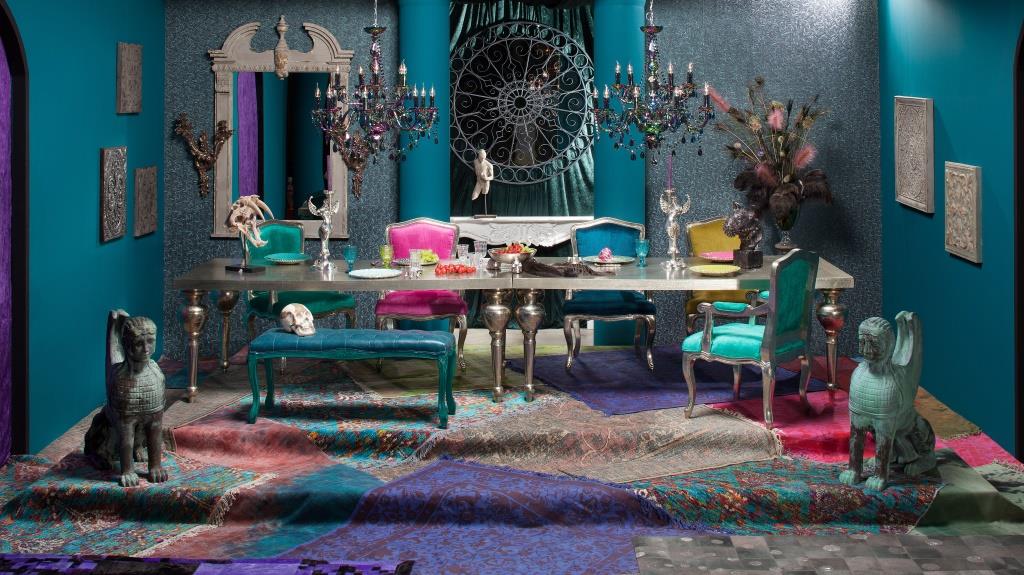Shopping in the digital age!
 Adrian Shaw, managing director, KARE, discusses how e-commerce is changing the furniture retail market
Adrian Shaw, managing director, KARE, discusses how e-commerce is changing the furniture retail market
As younger generations have entered the consumer economy, the market has readjusted to accommodate their tech-savvy, internet-friendly ways. In the past decade alone, e-commerce has seen a profit increase of a whopping 168%, becoming a $25bn industry. Once known simply as ‘non-store retailers’, it is how 80% of millennials make online purchases instead of spending time at a store, and furniture shopping has become the third benefactor of this digital wave after clothing and shoes.
One of the main advantages of an e-commerce site is that online platforms can display a wider range of products in various colours and sizes, and is not limited to the available space in traditional brick and mortar stores, not to mention the quick and easy delivery options available when shopping online. This makes the online furniture retail experience more convenient and less time consuming than travelling to traditional stores. Moreover, 66% of people buying in-store spend considerable time doing online research on any product before making their purchase final.
 Over time, competition has diversified as much as the needs, since not only have platforms like Amazon and Wayfair become convenient options to buy furniture, but enterprises like Canada’s Simpli Home have created their own sites where customers can buy directly instead of relying on third-party sources. This has placed pressure on the traditional brick and mortar companies to branch out online or risk losing precious market share. Recognising this need and given my years of working with retail brands like KARE, IDdesign, and Chattels & More, we have recently launched an e-store with KARE, offering a wide variety of products to a larger audience. The online store perfectly fuses with our traditional stores here in the Middle East, as it will allow customers to view the product online and then go into the store to get the look and feel of the sofa up close.
Over time, competition has diversified as much as the needs, since not only have platforms like Amazon and Wayfair become convenient options to buy furniture, but enterprises like Canada’s Simpli Home have created their own sites where customers can buy directly instead of relying on third-party sources. This has placed pressure on the traditional brick and mortar companies to branch out online or risk losing precious market share. Recognising this need and given my years of working with retail brands like KARE, IDdesign, and Chattels & More, we have recently launched an e-store with KARE, offering a wide variety of products to a larger audience. The online store perfectly fuses with our traditional stores here in the Middle East, as it will allow customers to view the product online and then go into the store to get the look and feel of the sofa up close.
The site allows our customers to then go back home and to purchase the sofa at their convenience. As a third generation of ‘digital natives’ grows up in the world, a shift to accommodate their needs is inevitable, and that shift is online. However, buying furniture online will not entirely mean the death of traditional brick and mortar stores. Older generations still overwhelmingly prefer feeling tabletops and comfort testing couches before buying them. The current climate is that of the two ways co-existing but a slightly distant future could certainly hold a fully digital platform







